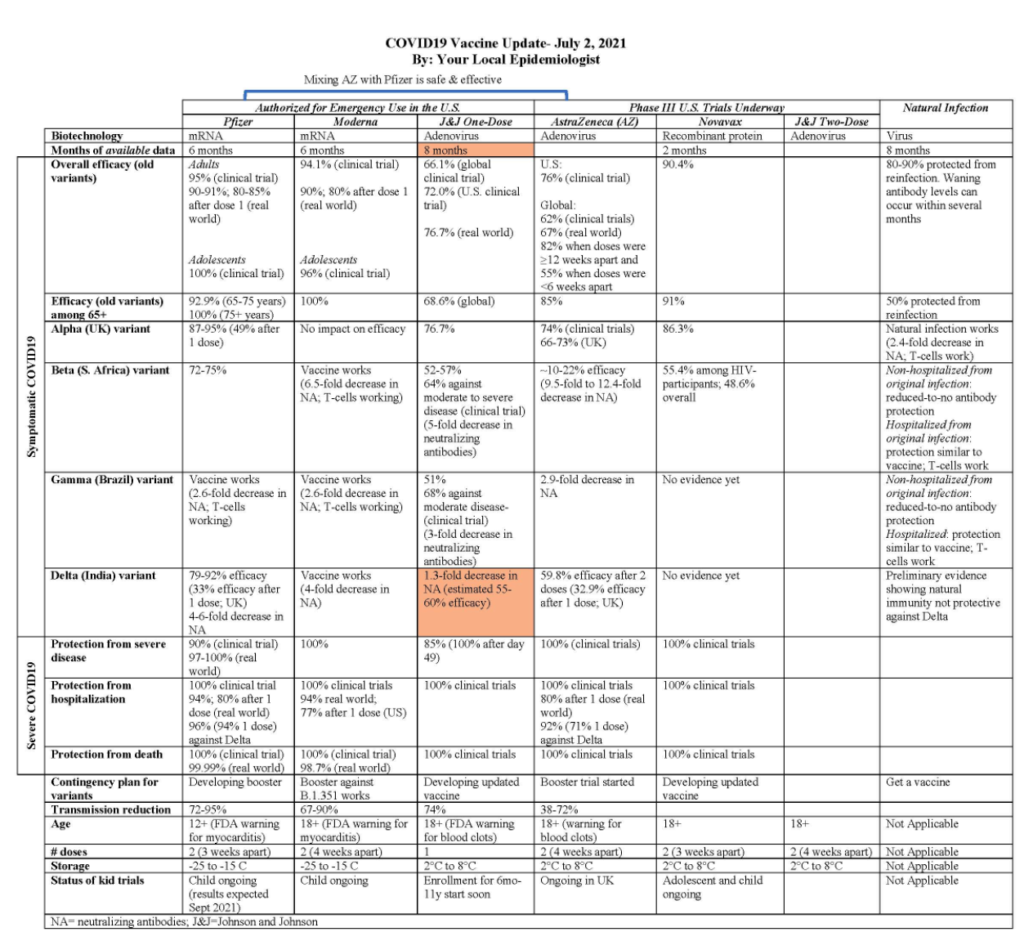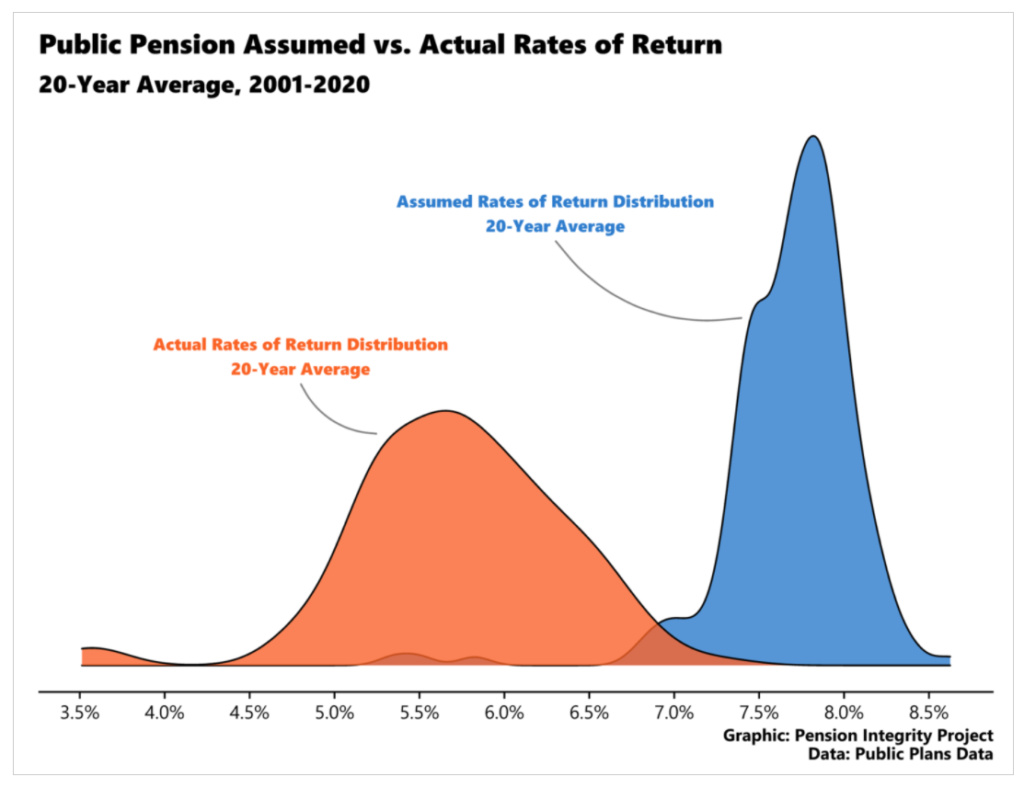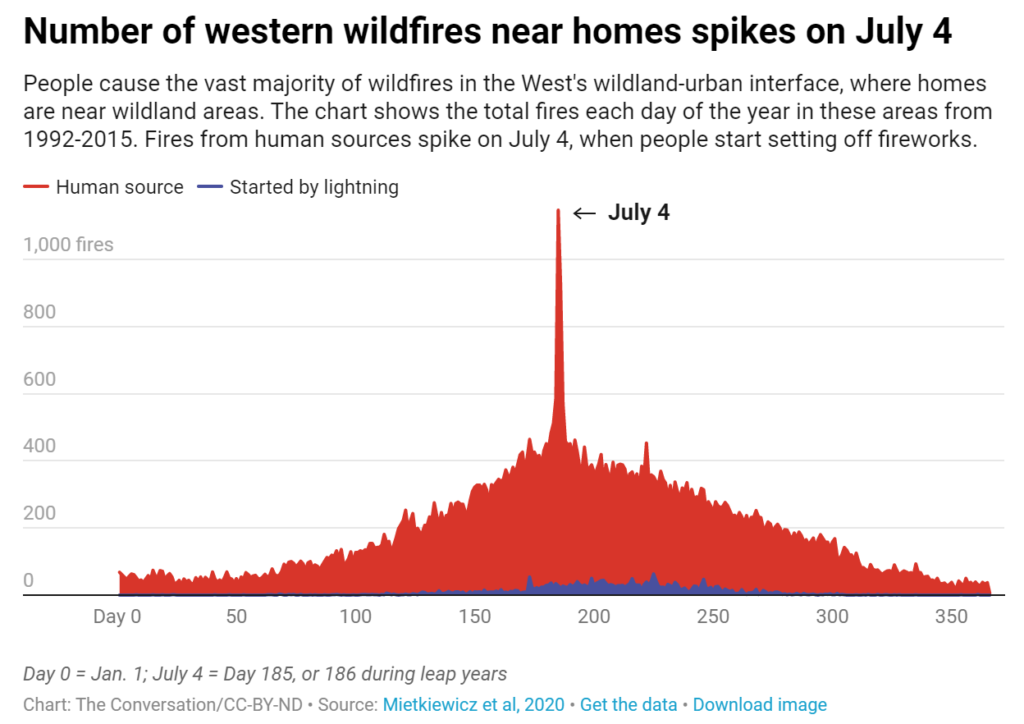Link: https://yourlocalepidemiologist.substack.com/p/j-and-j-and-delta-update
Graphic:

Excerpt:
Neutralizing antibodies in a lab is difficult to map to real world efficacy. Thankfully, some scientists figured out a mathematical model (here). Using their model, this means the efficacy of J&J would be around 55-60% against symptomatic disease. It will still work well against severe disease.
In the same update, J&J said their vaccine continues to work over time, with strong responses for up to 8 months. This is because there’s only 8 months of data; we are optimistic it will last longer.
Author(s): Katelyn Jetelina
Publication Date: 2 July 2021
Publication Site: Your Local Epidemiologist on substack



